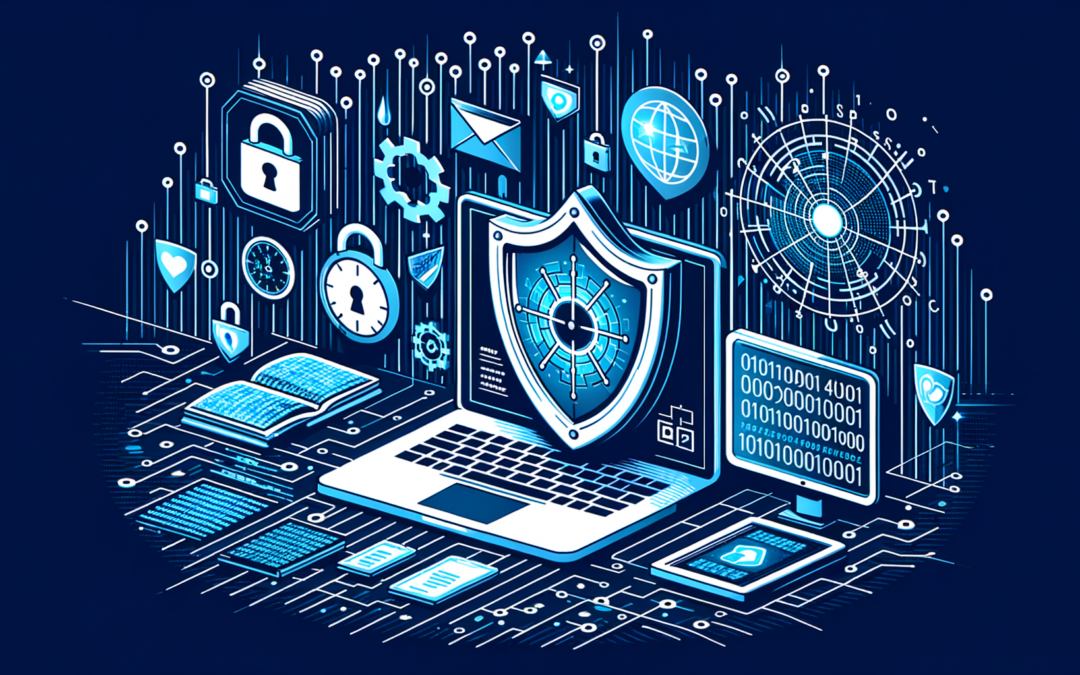Table Of Content
Time to Ditch Your Passwords: Embrace a Safer Digital Future
In an era where digital threats loom larger than ever, the protection of sensitive information has become a paramount concern. The rise in cyber-attacks coupled with widespread data breaches demands an evolution in how we secure our digital identities. Is it time to break up with our traditional passwords and embrace a more secure and modern authentication system? This blog explores why passwords are no longer enough and how enhanced security solutions can pave the way for a safer digital future.
The End of Passwords: Why They’re Failing Us
Passwords have long been the foundation of digital security. However, as cyber threats evolve, the weaknesses of traditional password systems have been exposed. The prominent issues include:
- Lack of Complexity: Many users rely on simple passwords for ease of recall. Unfortunately, simple passwords are easier for attackers to crack. Password managers can help, yet they too introduce a single point of failure.
- Re-use Across Platforms: A significant percentage of users reuse passwords across multiple sites. This practice means that a breach on one site can potentially compromise accounts elsewhere.
- Phishing Attacks: Cybercriminals exploit human psychology with phishing scams to obtain passwords. Even the most securely designed password is vulnerable if the user is tricked into sharing it.
Despite advancements in technology, relying solely on passwords presents significant security vulnerabilities. As we shift toward a digital-first society, alternative authentication measures are necessary to protect personal and organizational data.
Embracing Password-less Security: The Modern Solution
As cybersecurity experts advocate moving beyond passwords, password-less authentication systems gain traction. These solutions incorporate:
- Multi-factor Authentication (MFA): Combining two or more independent credentials increases security. Common forms include SMS codes, smartphone push notifications, or email verifications in addition to a password.
- Biometrics: Fingerprint, facial recognition, and iris scanning provide seamless and secure user verification. These methods reduce reliance on something you know and replace it with something you are.
- Hardware Tokens and Trusted Devices: Physical devices like USB tokens or smartphone apps authorize account access, minimizing the need for passwords.
These modern solutions not only bolster security but also enhance user experience. They reduce the frustration of managing multiple passwords and offer quicker, more seamless access to accounts and services. By incorporating these technologies, users can protect their identities with greater confidence.
Key Benefits of a Password-less Approach
Embracing a password-less approach brings numerous benefits for users and organizations alike. Highlighting key advantages:
- Enhanced Security: Password-less systems significantly mitigate risks of password-related breaches. They decrease susceptibility to phishing, brute force attacks, and password theft.
- User Convenience: By eliminating the need to remember complex passwords or reset forgotten ones, these systems streamline access and reduce friction.
- Reduced IT Support Costs: Organizations often spend considerable resources on password reset and support requests. Adopting password-less systems can cut these costs dramatically.
People and businesses can protect valuable information and maintain peace of mind by implementing more secure authentication methods. Password-less systems hold the potential to render traditional passwords obsolete, marking a ground-breaking shift in cybersecurity practices.
Challenges and Considerations
While the shift towards a password-less future seems promising, there are challenges and considerations that need attention:
- Initial Setup Costs: Hardware tokens, biometric systems, and multifactor authentication implementations can require significant initial investment.
- Resistance to Change: Users and organizations accustomed to traditional systems may resist transitioning to new methods.
- Privacy Concerns: Biometric data can be sensitive. Ensuring data protection and lawful use is critical for gaining user trust.
Recognizing these challenges is essential for successfully implementing password-less technologies. Developing gradual transition plans, providing robust education, and ensuring stringent privacy measures can help address these concerns and facilitate uptake.
Conclusion: A Safer Future Beckons
The digital landscape is continuously evolving, necessitating innovative security practices. Transitioning away from traditional passwords to password-less authentication systems is a progressive step toward eliminating vulnerabilities and safeguarding sensitive information. Embracing such technologies not only enhances security but also fosters trust and reliability in our digital lives. The path is set; it is time to step confidently into a password-less future.
At Jun Cyber, we are committed to elevating your cybersecurity solutions to withstand the ever-evolving landscape of digital threats. Our team is ready to guide you toward implementing robust password-less systems tailored to your organization’s needs. Don’t wait—enhance your security posture today!
For more information about cybersecurity and password-less systems, visit us: www.juncyber.com. Schedule a call with us at Schedule a Free Consultation and let us help you secure your digital future.
Reference: Cyber Defense Magazine Article
Additional Resources
- NIST Digital Identity Guidelines – Provides authoritative guidelines on digital identity management and authentication strategies.
- Europol’s Cybercrime Centre – Offers insights into current cybercrime trends and collaborative efforts for improved cybersecurity.
- Tripwire Security Audit Checklist – A practical guide to conducting comprehensive security audits to bolster defenses against prevalent threats.



